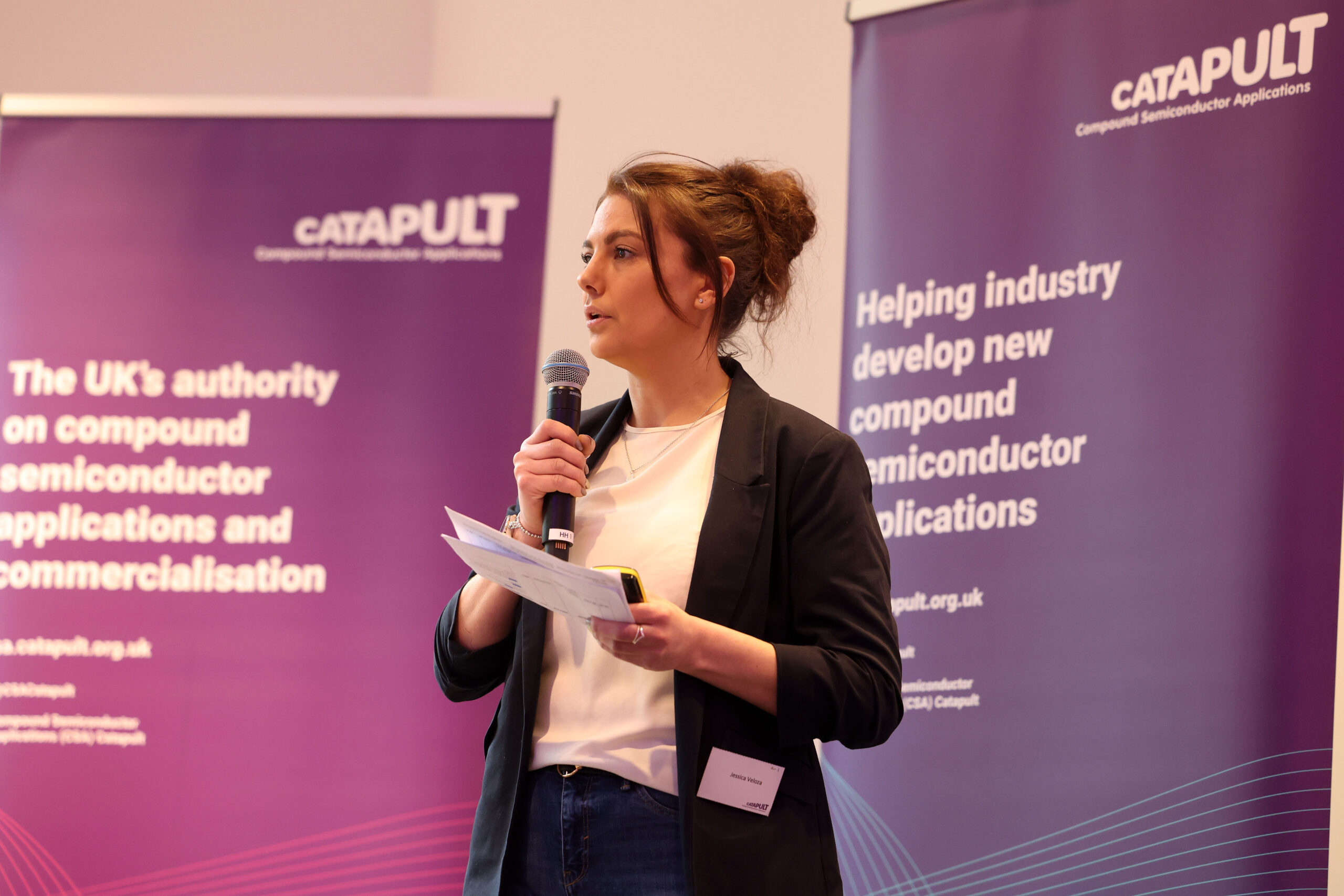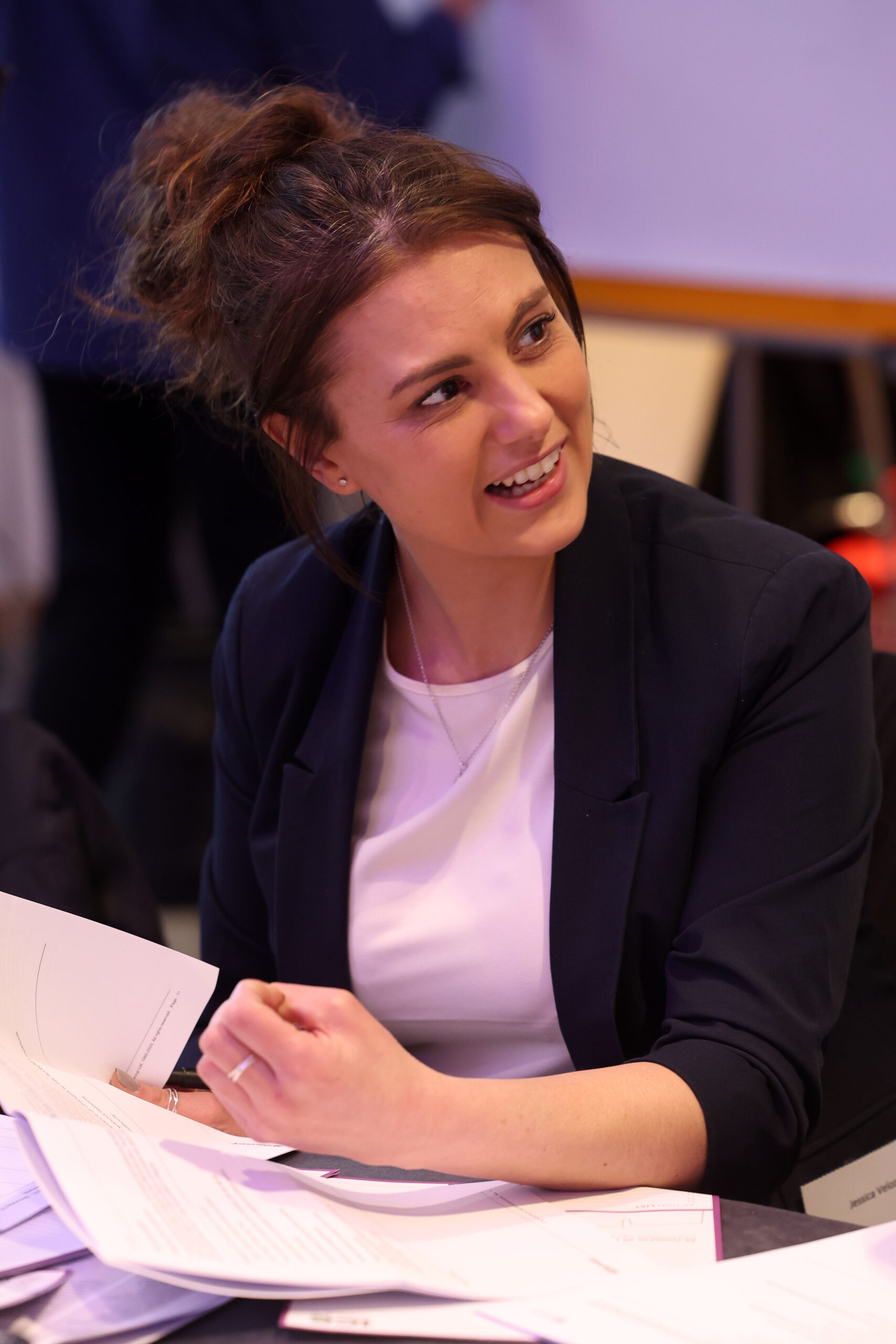How did you get into engineering?
I wanted to be a mechanic – I’ve always been passionate about cars. At just 14, I started working in a garage on weekends, eager to learn and get hands-on experience. That early enthusiasm led me to study a blended course at what was then Swansea Met, combining Mechanical Engineering and Business Management. The course covered a range of topics, including events, logistics, and law.
I went on to do a BSc in Motorsport Management at the university’s engineering campus, which ultimately led to a graduate role at Mercedes F1. My work there focused on project management, specifically on the Energy Recovery System (ERS) for their F1 car, before moving on to coordinate the V6 engine programme. Similarly to the Catapult, you can really see the enabling technologies – often things that start in F1 eventually filter down to road cars, like the development of battery technology for electric vehicles and multiple safety devices.
Engineering is the most varied industry out there—there’s so many aspects to get involved in.
Tell us about your role at CSA Catapult.
As the RF and Photonics Programme Manager, I support both the Engineering and Operational teams, helping drive R&D projects, commercial customer engagements, and governance implementation across the RTO.
I also collaborate closely with the Business Development team, identifying opportunities for future projects. Additionally, I lead our team of project managers, ensuring the successful delivery of a diverse portfolio of commercial and collaborative R&D projects—all closely aligned with the company’s strategy and the regional clusters we support.
What has been a career highlight for you?
One standout moment was in 2014 at Mercedes, when we won the Formula 1 World Championship. While people often see the excitement on the track, there’s an incredible amount of work happening behind the scenes—similar in that sense to what we do here at CSA Catapult.
It was our first season running the newly developed the new V6 engine—a first in Formula 1—creating an incredible sense of team energy and achievement. Winning two more championships was incredible, but there’s something special about being part of a ‘first’, after so much hard work.
What projects are you currently working on?
My work is incredibly varied, and I collaborate with different teams across power, packaging, RF, and photonics.
One of the major projects I’m involved in is for DISTINCT ARTES (Advanced Research in Telecommunications Systems), funded and managed by the European Space Agency (ESA). This project focuses on developing space-grade optical transceivers, with applications targeted in space and military sectors.
I’m also working on green technology and productisation initiatives within our photonics portfolio, such as laser technology for vehicles, (which has the potential to influence medical and EVM applications), and advanced RF power amplifiers for 5G / 6G devices within telecoms. Every project is different, which makes the work incredibly exciting.
What emerging technology excites you the most?
While AI is a major talking point right now, I’m most excited about green technology and its role in achieving Net Zero.
The innovations we’re developing—particularly in battery-electric vehicles (BEVs), connected vehicles, and sensing technologies—will have a massive impact. Green technology is at the heart of everything we do, and its potential is limitless.
What advice would you give to students considering a career in engineering?
Trust your instincts! I was fortunate to discover my passion early and had opportunities to dive in and gain experience.
Step outside your comfort zone. Engineering is a gateway to a world of innovation, offering endless possibilities. Keep pushing forward, explore different areas, and never stop learning.







